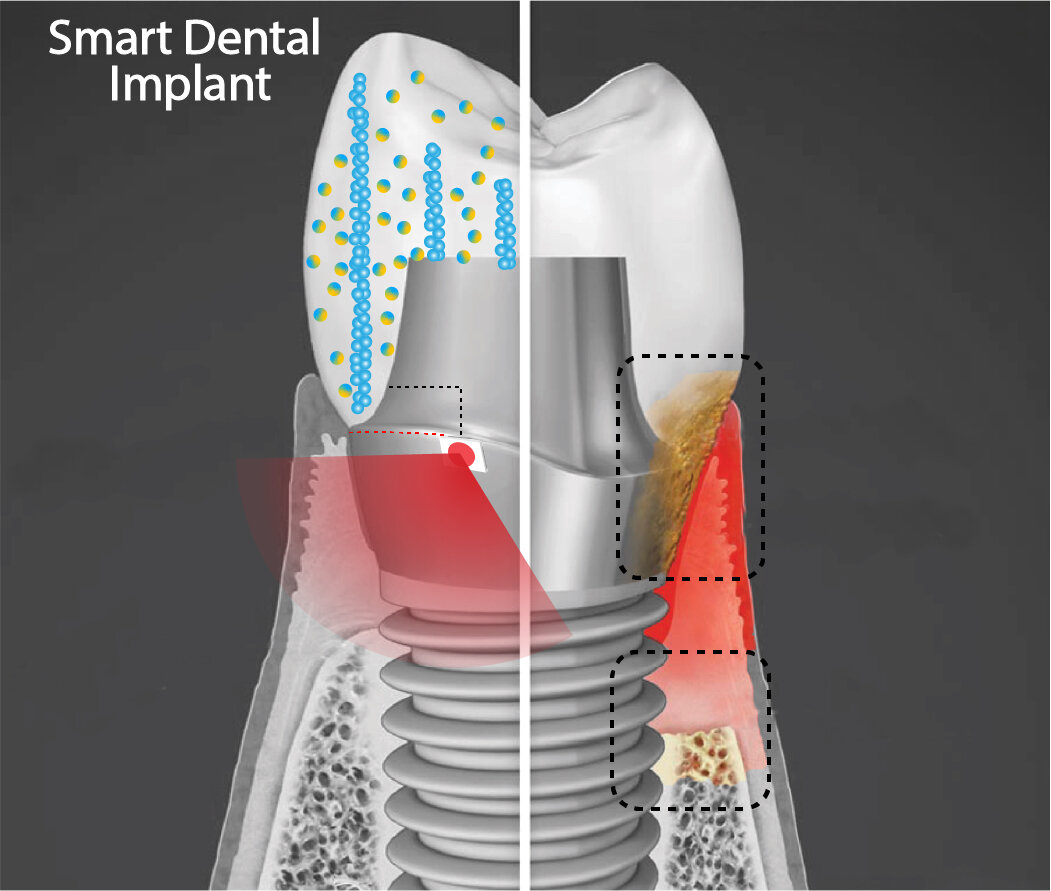#Ocean hitchhiker’s sucker mechanism offers potential for underwater adhesion
“#Ocean hitchhiker’s sucker mechanism offers potential for underwater adhesion”

A new study has revealed how remora suckerfish detach themselves from the surfaces they’ve clung to—and how the mechanism could provide inspiration for future reversible underwater adhesion devices.
The research, by an international, multidisciplinary team working across robotics, comparative biology, and electrical engineering, investigated the detachment mechanism of the remora’s suction disc, and experimented with how it could be applied in underwater robots.
The team’s findings are published in the IOP Publishing journal Bioinspiration and Biomimetics.
Lead author Professor Li Wen, from Beihang University, Beijing, said: “Marine organisms mainly use two methods of adhesion in submerged environments: chemical adhesion and suction adhesion. Remora’s hitchhiking behaviour uses suction adhesion and requires these fishes to be capable of both attaching and detaching regularly, but their detachment remains poorly understood.
“Understanding detachment is essential in studying biological adhesive systems. It is also becoming increasingly important in many engineering applications such as surface peeling (surface painting, coating and transfer printing). We explored how a remora detaches to expand the understanding of this biological system, and to see how it could be applied to artificial adhesion mechanisms.”
To do this, the research team studied the detachment kinematics and associated morphology of live remoras.
Co-author Dr. Dylan Wainwright, from the Museum of Comparative Zoology, Harvard University, said: “the micro CT scanning results show that lip muscles are distributed ventrally around the outer edge of the disc pad. Contraction of the anterior-most lip muscles peels the disc lip away from the surface, reducing the pressure differential.”
They then separated the detachment process into three stages and tested the effects of lamellae motion, disc flexibility, and disc lip motion on adhesive performance during detachment.
Co-author Professor Yufeng Chen, from the Massachusetts Institute of Technology, U.S., said: “Using what we learned from observing the live remoras, we developed a biomimetic flexible adhesive disc with controllable motion of both the disc lip and the lamellae with spinules.
“To test if the disc worked in the same way as the real thing, we designed and built a biomimetic remora robot with a rigid body. It is composed of four parts: a 3-D printed fish-like body, the biomimetic suction disc, a control unit and a jet propulsion component.
The first author Siqi Wang, from Beihang University said: “The robot showed similar detachment motions to its biological counterpart, mimicking the three-stage detachment. The entire detachment process took about 200 ms, which is even faster than the detachment of the live remoras (240 ms) we recorded.”
“Using two biomimetic suction discs, the robot has both ‘hitching’ and ‘pick and place’ capabilities. This scalable ability of the biomimetic suction disc gives the current underwater robot broad applications including long-term underwater transportation, archaeology, search and rescue, and biological observation.
Professor Wen said: “We hope this study will provide an important step towards the practical realisation of the remora’s suction mechanism for real-world applications.”
More information:
Siqi Wang et al. Detachment of the remora suckerfish disc: kinematics and a bio-inspired robotic model, Bioinspiration & Biomimetics (2020). DOI: 10.1088/1748-3190/ab9418
Ocean hitchhiker’s sucker mechanism offers potential for underwater adhesion (2020, August 24)
retrieved 24 August 2020
from https://phys.org/news/2020-08-ocean-hitchhiker-sucker-mechanism-potential.html
This document is subject to copyright. Apart from any fair dealing for the purpose of private study or research, no
part may be reproduced without the written permission. The content is provided for information purposes only.
If you want to read more Like this articles, you can visit our Science category.
if you want to watch Movies or Tv Shows go to Dizi.BuradaBiliyorum.Com for forums sites go to Forum.BuradaBiliyorum.Com


